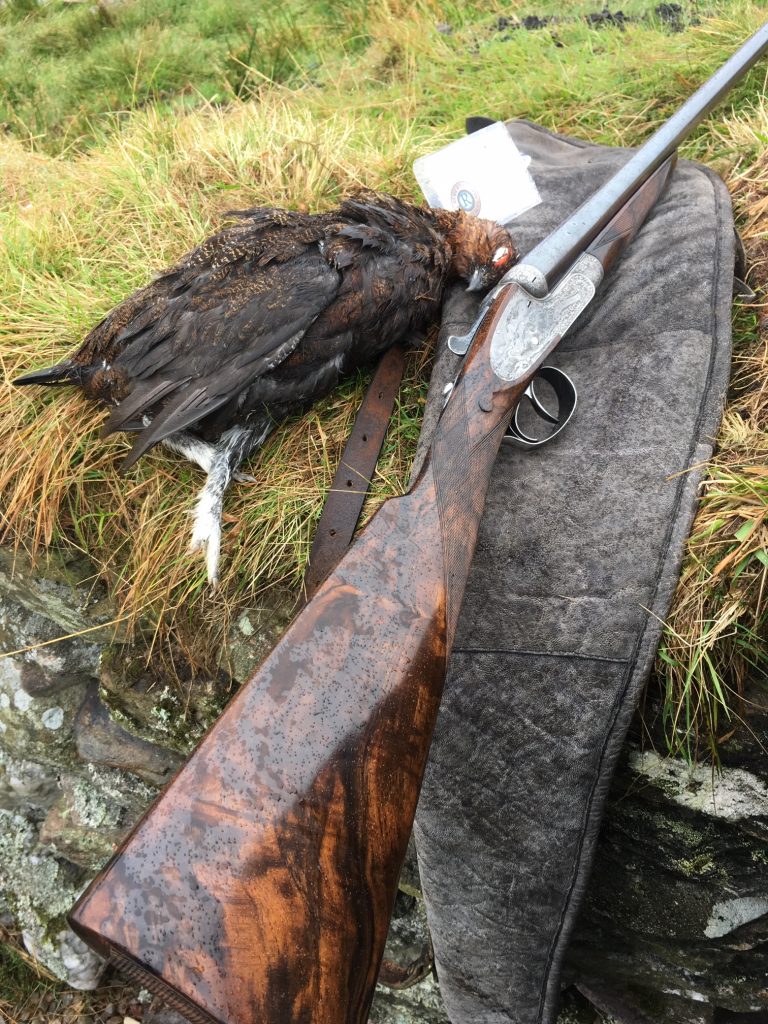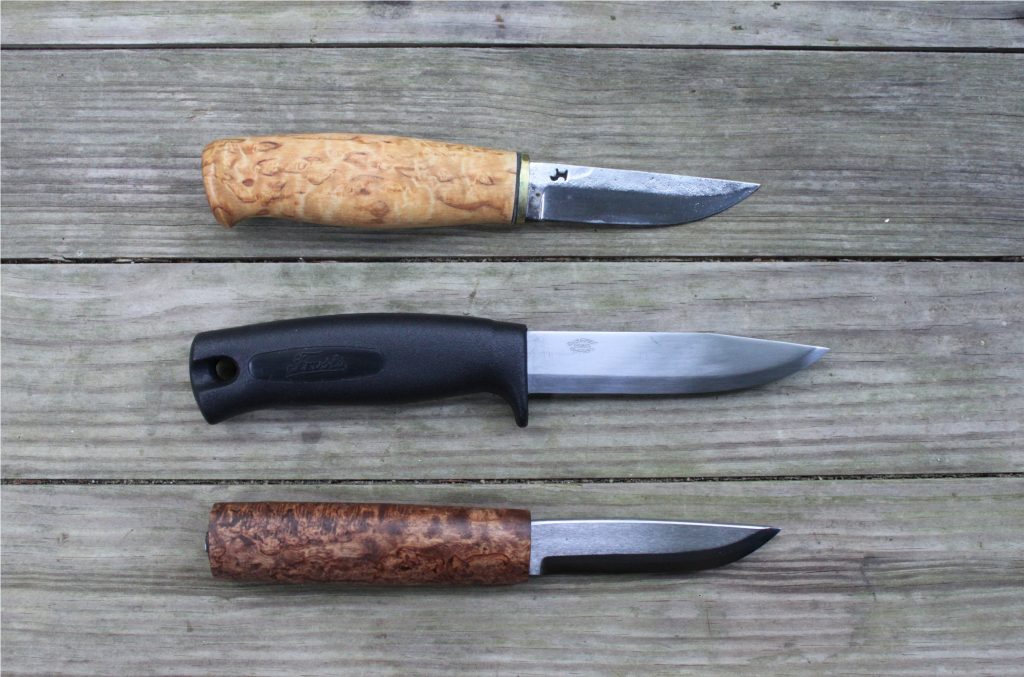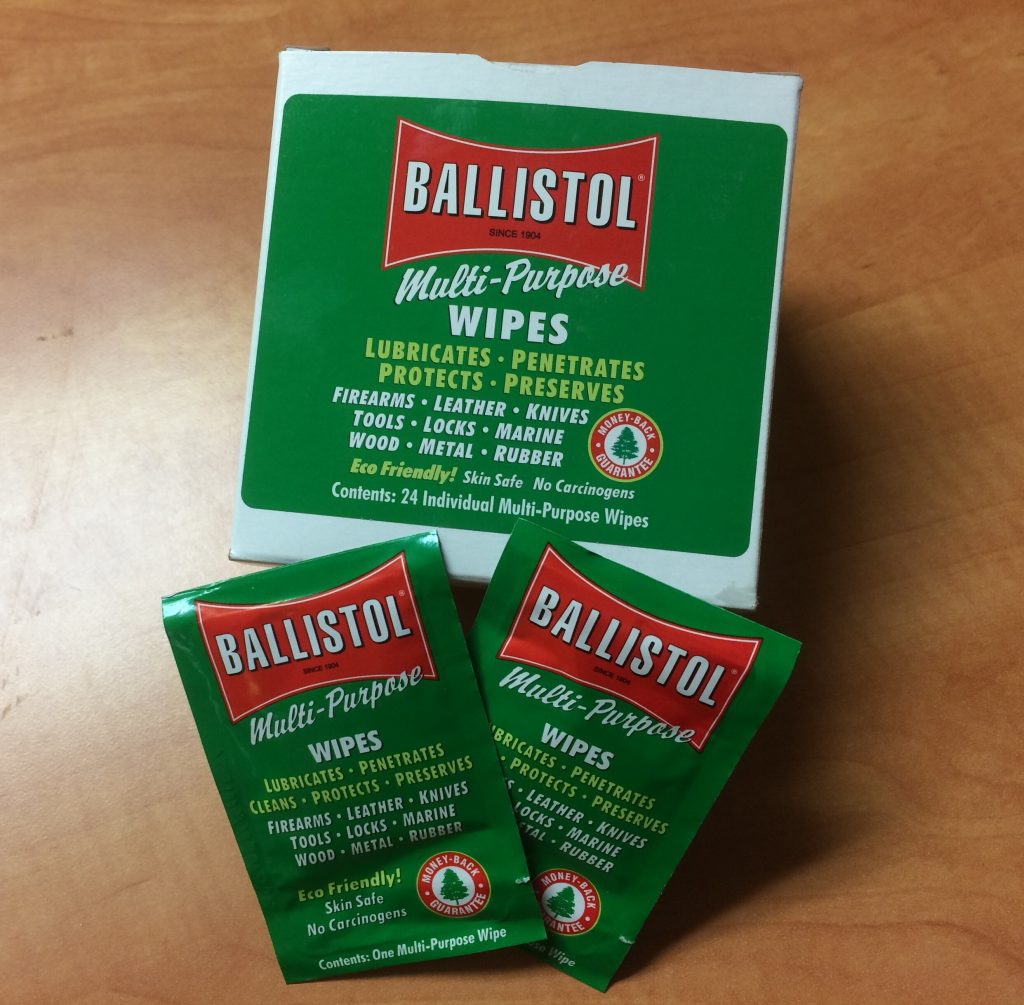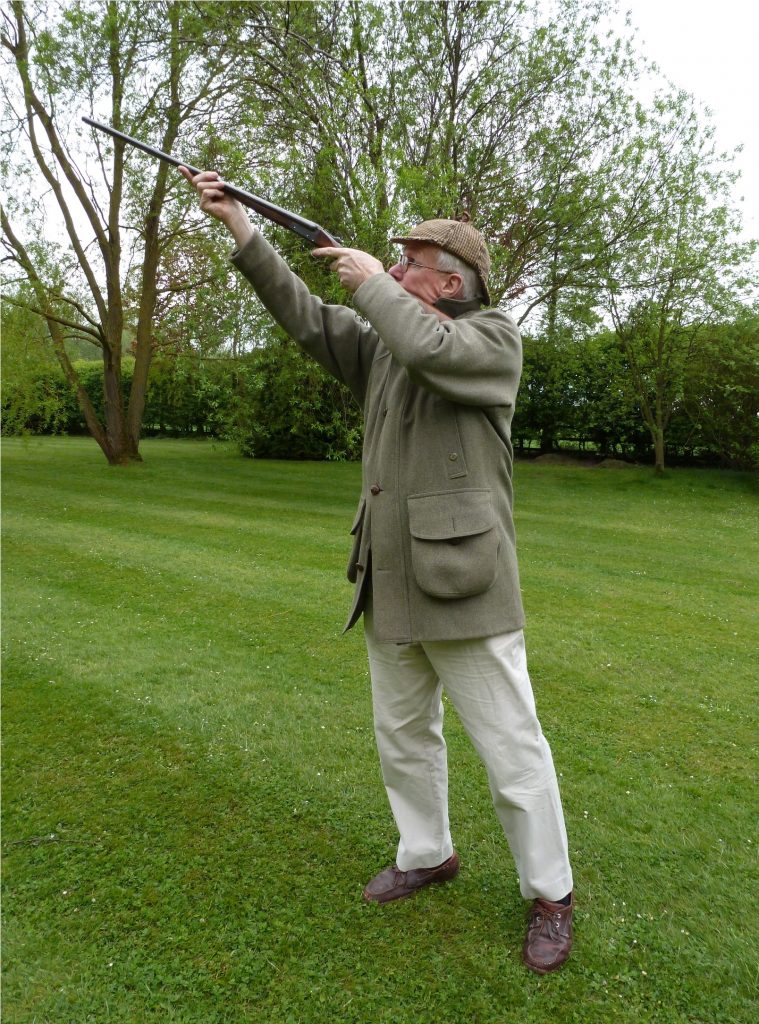
By Jim Dickson | Contributing editor
Planning is the key to success in any venture and it’s now time to get ready for bird hunting season.
The first thing on any hunt is to make sure you are in shape. For the desk bound man this may necessitate running and weight lifting if he does not already do so. A friend of mine in Germany runs up and down sawdust piles for conditioning. If you don’t think that’s hard, try it sometime.
The most important thing is to condition the feet in the boots that you will be wearing no matter how well broken in they are. We don’t call new hunters “Tenderfoot” for nothing. Blisters have ruined many expensive hunts of a lifetime.

Every African big game guide has his story of clients who could hardly walk for the blisters after the first day. It is vitally important to condition the feet in the boots that you will be wearing for the maximum distance you will walk afield before venturing out. As a man with many decades’ experience as a runner I can tell you that even if you run 7 miles a day and your muscles are in perfect condition you will have to work up to 27 miles or you will blister your feet.
If you have new boots they must be thoroughly broken in before going any distance. An old army trick is to soak the boots in water until saturated then march in them to stretch and break them in.
I use the old German method of soaking the boots in Ballistol oil before using. This was the oil developed for the German army for use on all soldiers’ equipment whether it was leather, wood, or steel. They used it in both World Wars. It forms an emulsion in water and metal will not rust as long as the emulsion is at least 5% Ballistol. The water will dry out and the oil will remain. It also waterproofs leather effectively. It is available from Ballistol U.S.A. And a good touch up with this oil on the boots is desirable after storing all winter in a heat dried house.
If a favorite pair of boots is falling apart and you don’t want to part with them you can send them to Dave Page, cobbler, for a complete rebuilding. He rebuilt a pair of jackboots for me a few years ago that were totally worn out on both the upper part and the soles and they are still going strong today.

Whatever you do NEVER put neat’s-foot oil on old leather. It will rot it. Neat’s-foot oil is only for new or fairly new leather. Ballistol oil will not rot old leather nor will mink oil or Sno-Seal. Many collectors use BlackRock Leather ‘N’ Rich on 150 and 200-year-old leather to condition and preserve it. It works fine on new leather also.
If you hunt with a dog, make sure he has had sufficient exercise to stay in shape and be careful not to let him get overheated in hot early hunting season days. Remember, he is covering a lot more ground and running a lot faster than you are. Dogs can overheat just like you can. Carry water for them. You don’t want them dehydrating. If he starts to overheat put him in a stream or lake if you can and get him soaked to cool him off.
There are lots of things that can hurt a dog out in the field so make sure he is vaccinated for rabies, distemper, parvo virus, and lepto. In some areas you need to vaccinate them for Lyme disease as well. He should be on medicine for heart worms, intestinal worms, and fleas and ticks.
For your dog’s sake practice shooting so you don’t miss the birds. They work hard to find them for you and it really upsets them when you miss and all their hard work was for nothing. Remember, a dog is a pack animal and you are his pack leader. It is your responsibility to bring the game he found down. This is basic to his instincts and hunting drive as well as how he perceives you as his pack leader and thus your relationship with him.
Clothing for areas that have briars should be heavy canvas with nylon facing. Years ago there was Naugahyde (trademark) facing and this worked best of all. Touching up the waterproofing with Scotch Guard (trademark) is a good idea before going out into wet fields.
A cap with a bill will help keep the sun out of your eyes when shooting as well as keeping bugs out of your hair. If the weather is really hot nothing is cooler than a straw pith helmet.
You need a bag to carry the birds you shoot. I don’t like sticking them in a pocket in the back of a hunting coat as it interferes with free movement and you can end up with bird lice on you. A WW2 army musette pack with a shoulder strap works for me. It also proved useful in deer season for carrying 2 MRE rations and a 2-liter soda for lunch for Betty and me so we didn’t have to come back for that. This enabled us to hunt all the legal hunting hours in the day.
For most bird hunting the shell loops in a hunting jacket will suffice. I have added them to jackets that did not have sufficient ones as they came. Dove shoots require more shells than that and my WW1 army issue gas mask bag holds exactly four boxes as if it were tailor made for them and has a good wide comfortable shoulder strap.
You will need a knife to dress your birds and a small Scandinavian style sheath knife is the handiest for this. These are more rugged and heavy duty than any folding knife plus they cannot fold on your fingers. The knife should be sharp and ready to use. Don’t put it back in its sheath with blood and guts and feathers on it. Clean it off first and be sure to wash it off and oil it on your return for carbon steel rusts quickly and stainless steel is just rust resistant instead of rust proof.
Mora makes some very inexpensive knives with plastic handles and scabbards that are made of 1095 tool steel. This is the carbon steel used by the U.S. Military in its knives as well as by many custom knife makers. These Swedish knives make fine bird hunting knives.
Bird hunting led to the modern shotgun and it reached its highest form of development in the Best Quality side by side game guns of the British Isles. A 12 bore game gun with splinter fore end and straight grip stock that has been fitted to the shooter to a sixteenth of an inch in all directions is mandatory if you are determined to never miss a bird.
You don’t need magnum loads for bird hunting. My personal load for everything I shoot with birdshot is 1 ounce of #6 shot over 3 drams of powder. This patterns perfectly and kills everything efficiently for me in my 12 bore double. One reason for the perfect patterns is the large bore size of the 12 gauge in relation to the shot mass. You won’t get patterns this good with the same load in a 16 gauge or a 20-gauge magnum.
If I did not have a side by side double my next choice would be my old pre-1898 12-gauge single barrel shotgun, simply because it is more lively in the hands than a pump or automatic. An inexpensive gun made for farmers it still gets the job done.
In the British Isles you normally go to a shooting school to brush up on your skills before the season opens. Bad shooting is bad manners on a fancy driven grouse shoot you know. Lacking access to the West London Shooting School Americans often employ trap and skeet to sharpen their skills before going afield. I like to use the Quick Kill instinct shooting method the U.S. Army taught during the Viet Nam War. Also called “The military BB gun instinct shooting training” it was taught to the army by the famed instinct shooting instructor, the late Lucky McDaniel. This method provides the best success on birds.

Whatever your shooting style it pays to practice before going afield again. Waiting until you are shooting at birds to get your practice is both unsportsmanlike and inhumane as it guarantees cripples that will get away to die a painful lingering death. This is totally contrary to all the historic hunting ethics that date back to the cave man days. Respect for your quarry is just as important now as it was then for your ancestors.
Your firearms need attention also. If you are going to be hunting in the rain or where you risk getting the gun dunked in water you should be sure it is coated with Ballistol oil inside and out. If a gun is dropped is salt water as can happen when hunting in a salt water marsh rinse the whole gun, lock, stock and barrel in fresh water then immerse in Ballistol. You won’t need a trough for the whole gun as you can get to everything but the action and the inside of the fore end on a double so all you need is a container big enough to immerse the action and fore end including anything extending back into the stock on the gun. Be sure to leave it submerged long enough for the Ballistol to get in everywhere. The Ballistol will form an emulsion with the water and the water will dry leaving the Ballistol behind with no rust. Ballistol will not harm the wood as it was designed to maintain wood and leather as well as metal.
Before leaving on the hunt you will need to have all your cleaning gear ready and make sure you are not out of anything. Of course you will need a cleaning rod, patches, and a bronze bore brush. Since modern shotgun shells leave a plastic residue as well as some leading in the bore you will need the proper solvents. Water can get under both plastic and lead fouling and cause rust. Shooter’s Choice makes a full line of gun cleaning equipment including lead remover and plastic solvent. That’s important to use.
Always wipe the bores of a shotgun out with gun oil on your return even if you have not fired it. I have seen shotgun barrels where a drop or two of dew from leaves fell in the bore unbeknownst to the hunter and caused streaks of rust pits. Whatever you do don’t wait until you get home with a wet dirty gun only to find out you can’t find all your cleaning kit or you are out of a critical component.
Pre-season scouting is a vital key to success for any type of hunting. You should know exactly where your quarry is hanging out before you start the hunt. The use of maps and satellite images can also help out here. Just like in combat you cannot have too much intelligence before the shooting starts.
Preparation and anticipation are all part of the pleasures of the hunt but without proper preparations the hunt may be a disaster. Ensure your success and fun by being ready.



